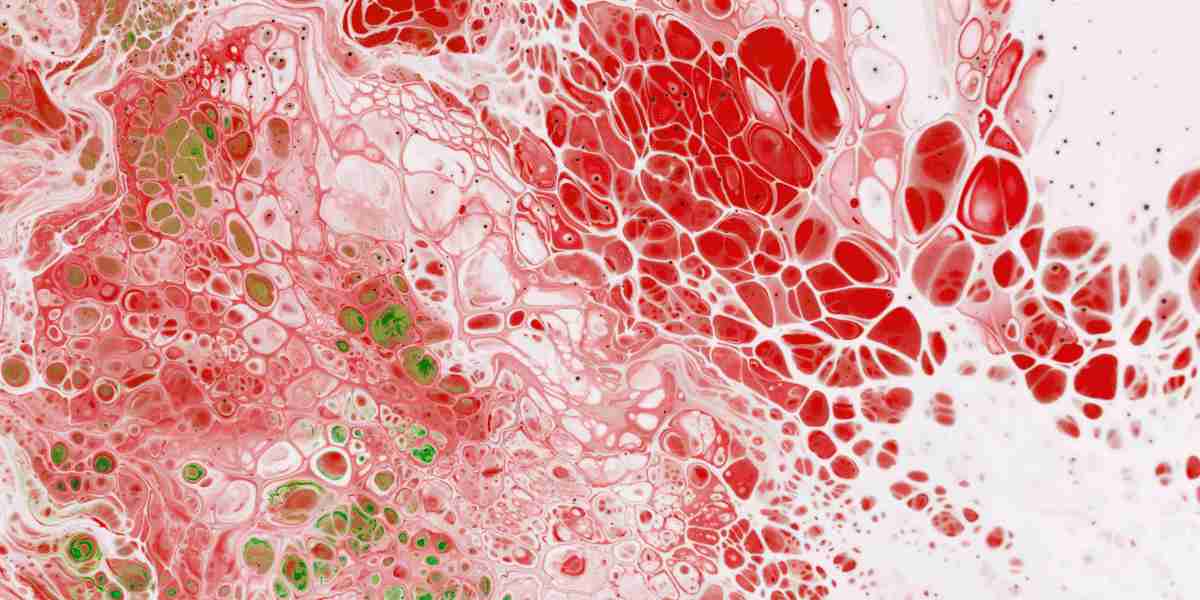Hereditary Hemorrhagic Telangiectasia (HHT), also known as Osler-Weber-Rendu Disease, is a genetic condition characterized by abnormal blood vessel formation. It is inherited in an autosomal dominant manner, meaning an affected person has a 50% chance of passing the disorder to their offspring.
Key Characteristics of HHT
Telangiectasias: These small, dilated blood vessels can be found close to the skin's surface, leading to easy bleeding. They commonly appear on the face, lips, tongue, and inside the nose.
Arteriovenous Malformations (AVMs): These larger, abnormal connections between arteries and veins bypass the capillaries and can occur in various organs, including the lungs, liver, brain, and gastrointestinal tract.
Common Symptoms
Symptoms of HHT vary based on the affected organs and severity:
- Nosebleeds: Frequent and often spontaneous due to telangiectasias in the nasal lining.
- Gastrointestinal Bleeding: Chronic bleeding can lead to anemia and may require treatment.
- Neurological Symptoms: Headaches, seizures, and cognitive difficulties may arise if AVMs develop in the brain.
- Skin Changes: Reddish or purple spots may form on the skin, especially on the face.
Life Expectancy and Quality of Life
With effective management and regular medical care, many individuals with HHT can lead fulfilling lives. Early detection and treatment of complications are essential for enhancing both life expectancy and quality of life.
Facial Features
HHT can cause distinctive changes in facial appearance:
- Telangiectasias: Clusters of dilated blood vessels may appear on the cheeks, lips, and around the nose.
- Nasal and Oral Lesions: These can lead to recurrent nosebleeds and easy bleeding from the mouth.
Treatment Options
Managing HHT typically involves a multidisciplinary approach, which may include:
- Medications: Iron supplements for anemia and topical treatments to control nosebleeds.
- Surgical Interventions: Endoscopic procedures for gastrointestinal bleeding, and surgical removal or embolization of AVMs.
- Laser Therapy: This can effectively reduce the appearance of telangiectasias and help prevent bleeding.
- Regular Monitoring: Ongoing screening for AVMs in critical organs is essential for timely intervention.
The Importance of Genetic Testing
Genetic testing is a valuable tool for diagnosing HHT and guiding treatment strategies:
- Positive Results: Confirm pathogenic mutations, enabling tailored management plans.
- Negative Results: Absence of mutations does not rule out HHT; symptoms must still be carefully evaluated.
- Variants of Uncertain Significance (VUS): Further investigation may be needed to understand these findings.
Conclusion
Hereditary Hemorrhagic Telangiectasia is a complex genetic disorder that significantly impacts health and well-being. Early diagnosis, effective management, and genetic counseling are crucial for supporting individuals and families affected by HHT. With the right approach, many can achieve better health outcomes and maintain a good quality of life.














